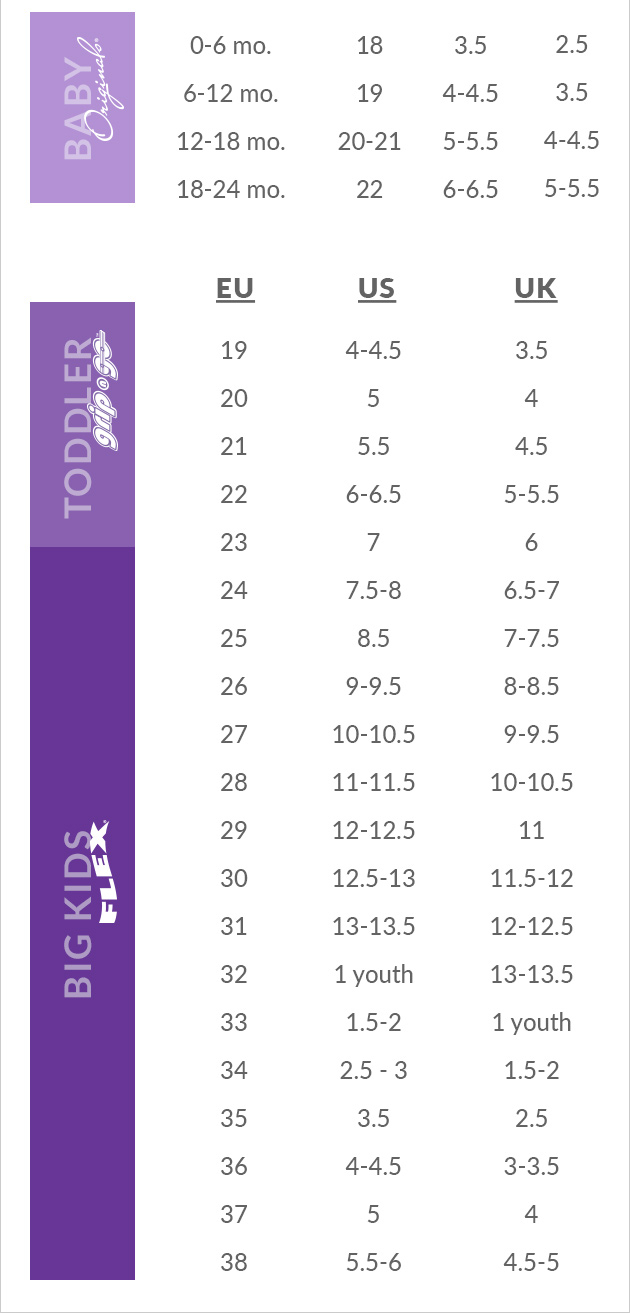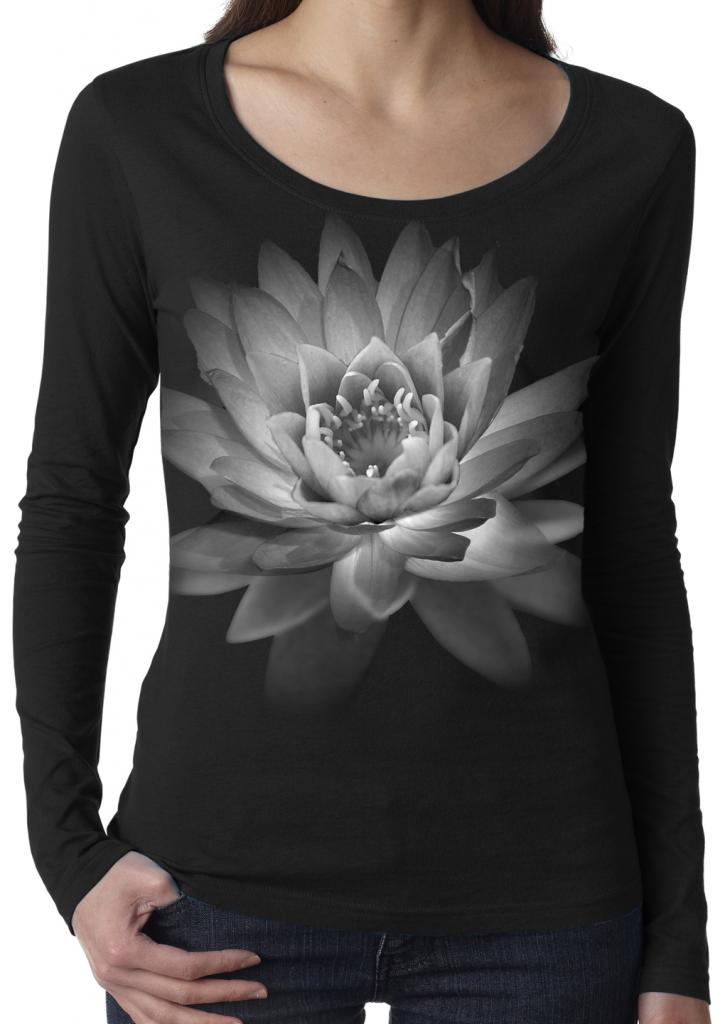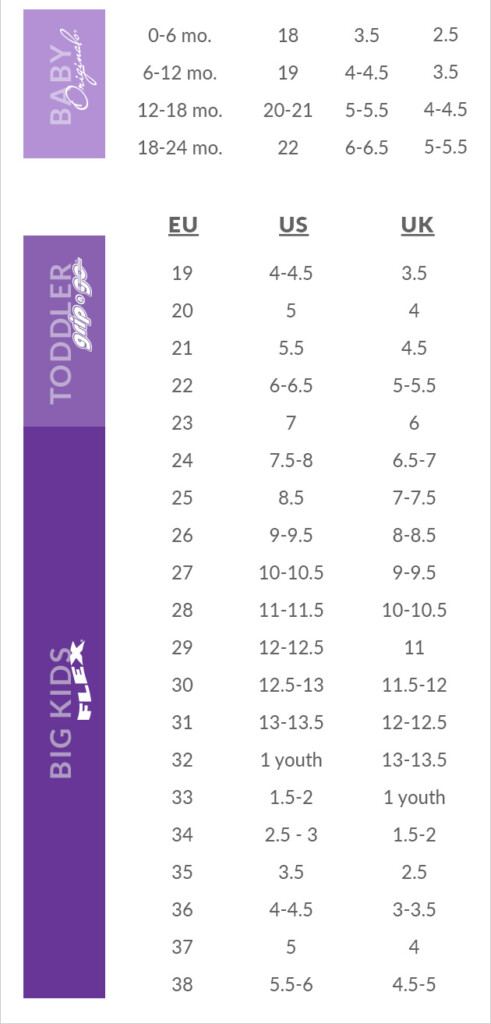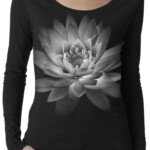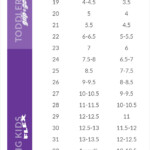Equipment Shirt Size Chart – Finding the right size purchasing a shirt is confusing. Many brands don’t use the same sizing system, which means that what’s to be a medium in one label could be considered to be large in another. That’s why a sizing chart comes into play . we’ll talk about what one is and why using it when purchasing shirts is vital.
How to Measure Shirt Size
The first step to find the best fit for the top is measuring your body precisely. There are a few steps to take:
- Measure Your Chest Measure Your Chest. Wrap a measuring sleeve around the biggest part of your chest, making sure the tape is level and not inflexible or loose.
- Measure Your Waistline You can wrap the measuring tape around your natural waistline it is typically located at the most narrow part of your torso.
- Measure Your Hips Take the measuring tape and wrap it over the broadest portion of your hips. Make sure that it’s level and not too tight or loose.
- Check Your Measurements against the Size Chart: Once you have your measurements, you can compare them with the sizes provided by the brand or retailer you’re planning to buy from.
It’s important to remember that some brands may utilize slightly different measurements for every size, so always refer to their specific size chart for precise measurements.
Here are a few more ideas to help you get the most exact measurements:
- Test yourself underwear or thin clothing for an accurate reading.
- Make sure the measuring tape is securely against your body, but not too tight. be sure to keep it nearly parallel to your body.
- Repeat these measurements many times in order to be consistent.
- Shirt Size Chart for Men and Women
Women and men typically need different sizes of shirts due to the differences between body types and sizes. Here’s a general rule of thumb for both sizes:
Men’s Shirt Size Chart:
- Small 36-38 inches
- Medium: 38-40 inches
- Large: 40-42 inches
- XL 42-44 inches
- 3XL: 46-50 inches
- 4XL 48-50 inches
Women’s Shirt Size Chart:
- Extra Small (32-34)
- Small(34 inch)
- Medium (38-40)
- Large(38 40)
- XXL(Extra large)
- 4XL(extra long)
- Small(extra small)
- Small(extra large)
- Small(extra small) (Extra Small/Medium)
Men’s shirt Size Chart (within1 an hour!) Small(33 32 34 1 1 2 8 2 1 2 3XL =38-40 inches T2 = 38 4040 4XL 42 4446 1XL 4444 46 in It is essential to realize that these are general measbnm and m.urements. Different brands might have slightly different measurements for different sizes.
Plus Size Shirt Size Chart For those in need of larger sizes, here are some general measurements for women’s and men’s plus sizes:
Men’s Plus Size Shirt Sizing Chart:
Chart: Table:
How to Convert Shirt Sizes
- 1X 42-44 inches
- 2X 46-48 inches
- 3X 50-52 inches
- 4X 54-56 inches
- 5X: 56-60 inches
How To Convert Shirt Sizes
Different brands and countries may have different sizing methods, making it challenging to find the right size. Here’s how to convert shirt sizes:
- UK in US size conversion Add two sizes on your UK size for an US approximate size (e.g., UK size 10 = US size 12).
- EU size conversion to UK sizes conversion Subtract 10 of the US size to get your EU equivalent (e.g., EU size 40 equals UK size 8.).
It’s vital to realize that sizing systems may vary between retailers and brands Therefore, always check their specific size chart to ensure that they are accurate.
Sizing Charts for Online Shopping
Prior to purchasing any shirts from the web it is important to look over the size chart that is provided by the retailer to guarantee you receive the correct size. This is how you can find it on the web site of the store:
- Find“sizing” and “size chart” or “sizing” link: Many online stores will provide a link to their sizes chart near product descriptions or on the product page that is the item.
- Look up the brand’s Specific size chart. Sizing can differ between brands and retailers, so ensure you are referring to the right chart as a reference.
- Do Yourself a Good Job: Follow the same methods as described earlier to determine the exact measurement of the body.
- Once you have your measurements, check them to the chart of sizes made by the manufacturer or retailer you’re planning to purchase from.
- Look into sizing up or down If you’re stuck between sizes or aren’t sure what you should choose, take into consideration the measurements for the brand that are specific to the brand when making your choice.
Conclusion
Utilizing a chart of size for shirts is vital to determine the ideal fit, whether your shopping online or in-store. If you take your measurements precisely and consulting the company’s or brand’s chart, you can guarantee the new shirt fits comfortably and look amazing. Be sure to check each time since sizing can vary between retailers and brands. By following these suggestions you’ll be able to receive the correct size every time.
